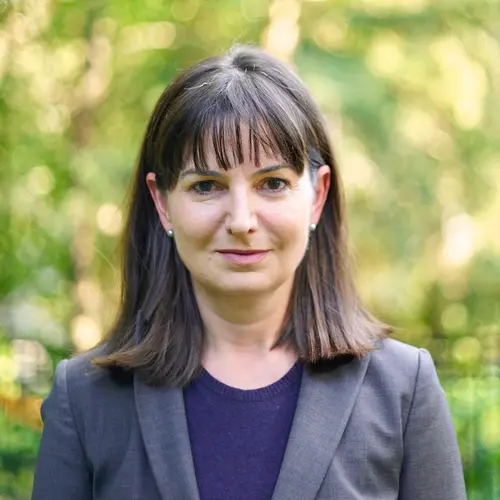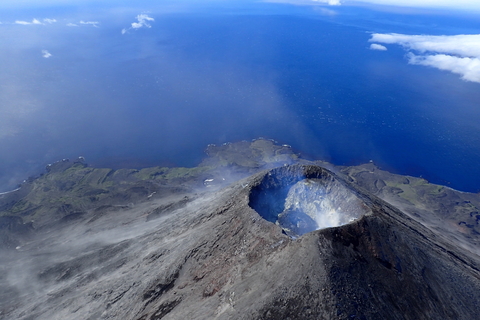
As a volcanologist at the Carnegie Institution for Science’s Earth and Planets Laboratory, Diana Roman is interested in the mechanics of how magma moves through the Earth’s crust, and in the structure, evolution, and dynamics of volcanic conduit systems. Her ultimate goal is to understand the likelihood and timing of volcanic eruptions.
Caldera-forming eruptions are the most explosive type of volcanic events on Earth and their effects are often felt worldwide. The ash and gas they put into the atmosphere can alter Earth’s climate, and trigger social upheaval. Recent evidence indicates that a large caldera is present beneath the ocean in Alaska's Aleutian volcanic arc. Dr. Roman will discuss the evidence and how it helps to understand modern-day volcanic activity in Alaska and worldwide.
This talk promises to be an unforgettable experience, so mark your calendars for October 19, 2023, and join us as we discover the secrets that may be hidden under Alaska as part of our Neighborhood Lecture Series.

Speaker's Bio
Diana Roman's research straddles the boundary between volcanology and seismology, with a dual focus on understanding the nature of magma ascent and eruption and of volcanic microearthquake swarms. Specifically, Roman works to understand, from a mechanical perspective, the formation, evolution, and dynamics of crustal magmatic systems and the source mechanisms and causes of microearthquake swarms occurring in the vicinity of active volcanoes. These two lines of research are tied together through the development of conceptual and numerical models of the interaction of tectonic and volcanic processes.
